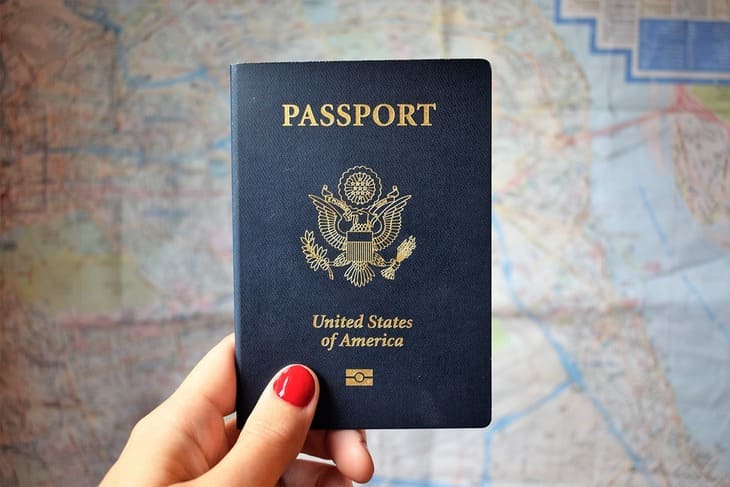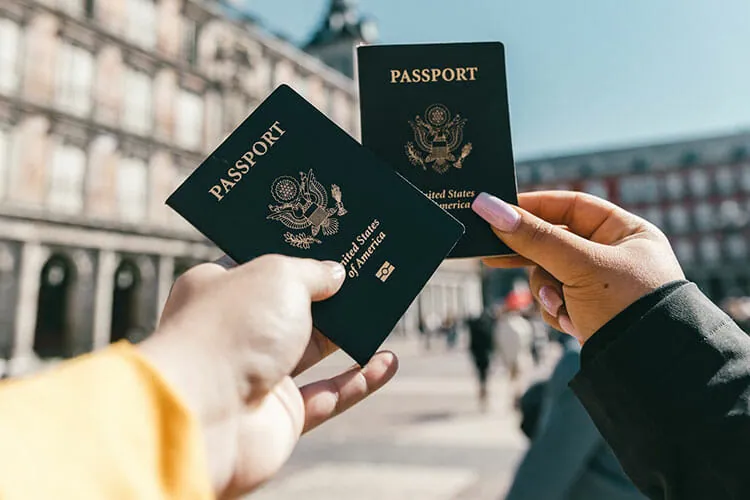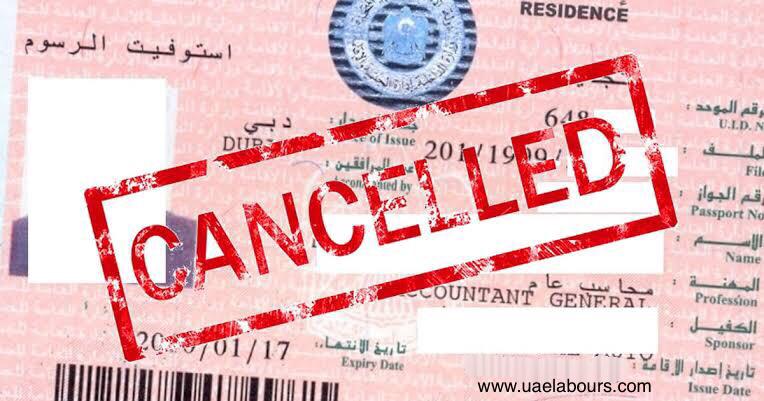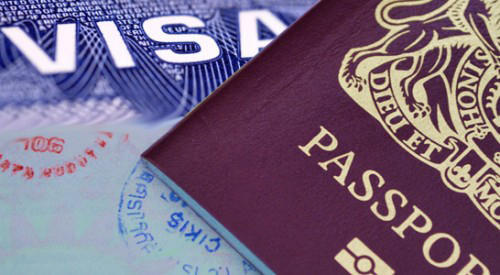What are the types of work visas in Canada? The types of work visas in Canada include International Mobility Program (IMP) visa, and Working Holiday Visa (IEC) among others.
In this post, we shall be providing more detailed explanations to the “What are the types of work visas in Canada?” question above. It is important to know the various types of work visas in Canada before applying.
You must demonstrate your ability to carry out the duties necessary for the job that has been given to you in order to obtain a Canadian work visa. This can be demonstrated for skilled professions by offering a copy of the applicant’s academic transcripts. You can also include reference letters from each of your former employers to demonstrate the legitimacy of your job experience.

To demonstrate that your credentials match Canada’s criteria, you must also obtain an Education Credential Assessment (ECA). Depending on the kind of work visa you’re asking for, you may also need to submit supporting documentation.
By the end of this post, you will get the answer to the question: “What are the types of work visas in Canada?” You will also get to know the various requirements for each of them
What are the types of work visas in Canada?
The International Mobility Program
The IMP was developed to make it easier for Canadian firms to employ talented foreign workers temporarily or permanently without the need for a Labour Market Impact Assessment (LMIA). This work visa is typically given out for positions that Canadian firms were unable to fill with citizens already living there.
The program was formed to address Canada’s labour market demands because it increased the need for hiring foreign working professionals, providing an opportunity for foreign nationals to find employment in Canada. This covers positions at all skill levels, both temporary and permanent.
This Program includes:
- Post-graduate work permit program – This type of work visa program is for anyone that has studied and finished from a Canadian Designated Learning Institution (DLI)
- Reciprocal Youth Change Agreements – This program is just like the International Experience Class (IEC) for people aged 18 to 35-years old that want to travel and work in Canada
- International Free Trade Agreements – This Program include the North American, South American and South Korea Free Trade Agreements, General Agreement on Trade Services, Canada-European Union Comprehensive Economic and Trade Agreement (CETA).
- Intra-Company Transfer Program – This program is for anyone that wants to transfer to a Canadian branch of the company they currently work for abroad
- Bridging Open-Work Permit – This work permit program is for anyone in the transition phase to become a permanent resident
- Circumstances of Social or Cultural Benefit to Canada – This program is for someone that can contribute to Canada through programs, such as the Mobilité Francophone Program. The result of this program depends on the applicant’s past success, commendations and recommendations
Temporary Foreign Worker Program (TFWP)
For a variety of jobs in Canada, this work visa program was created for Canadian employers to hire skilled foreign workers.
Applying for an LMIA is an essential step in the TFWP application process because no Canadian residents were eligible to apply for the position. Because of this, Canadian employers frequently use this program to hire foreign workers.
A copy of the LMIA must be included with the work permit application in order for the applicant to be considered for this program. Through the International Mobility Program, you can apply for a work visa if your potential Canadian employer does not require an LMIA (IMP).
There are a number of prerequisites that must be satisfied in order to put together a successful LMIA application for the Employment and Social Development Canada, as some of the most popular TFWP streams support Canadian employers’ hiring needs (ESDC).
The National Occupation Classification, which determines workers’ skill level and earnings, determines the different TFWP streams (NOC).
The various TFWP streams consist of:
- High Wage Worker Stream
- Low Wage Worker Stream
- Agriculture Worker Stream
- Seasonal Agricultural Worker Program (SAWP)
- Global Talent Stream (GTS)
- Home Care Provider Stream
- Foreign Academics
To be eligible for any of the TFWP streams stated above, you must fulfill prerequisites, such as having the following:
- Valid job offer letter
- Valid passport
- Proof that you meet your job offer requirements
- Medical examination and certificate
- Police clearance certificate
- Proof of English and French language abilities with test results
- Copy of LMIA
- Proof of funds
Post-Graduation Work Permit Program (PGWP)
Compared to most other work visa program options, you can obtain permanent residency in Canada more quickly if you wish to study there.
The PGWP facilitates international graduates from Canadian Designated Learning Institutions (DLIs) living and working in Canada. You are eligible to obtain an open-work permit in Canada as an international student under the PGWP. You’ll be able to work either full- or part-time for a Canadian employer thanks to it.
You may work as many hours as you’d like under this program for a study and work visa. Additionally, the license is good for eight months to three years. Although this is an excellent chance to settle permanently in Canada, it is not advised if you want to gain work experience.
If they apply through the Canadian Experience Class, international students who land a job in a highly skilled occupation or one that falls under the NOC 0, A, or B categories will be qualified to claim Comprehensive Ranking System (CRS) points (CEC).
Working Holiday Visa (IEC)
The working holiday visa, a fairly common type of work permit for Canada, is a part of the International Experience Class (IEC), which gives you the chance to live and work there while exploring the nation. Citizens of 34 nations who have an agreement with Canada for consensual youth mobility are eligible for the work visa program.
The duration of the temporary work permit is 12 to 24 months. Depending on where you live, this. It is perfect for independent young adults who want to travel throughout Canada without deciding to live there permanently. However, if you choose to seek for a permanent visa after your working vacation visa expires, getting part-time job experience in Canada does improve your chances of being granted one.
The steps involved in applying for this visa program are as follows:
- Generating an online Express Entry profile
- Waiting for the draw to take place upon completion
- Submitting your request in 20 days if you receive your Invitation to Apply (ITA)










